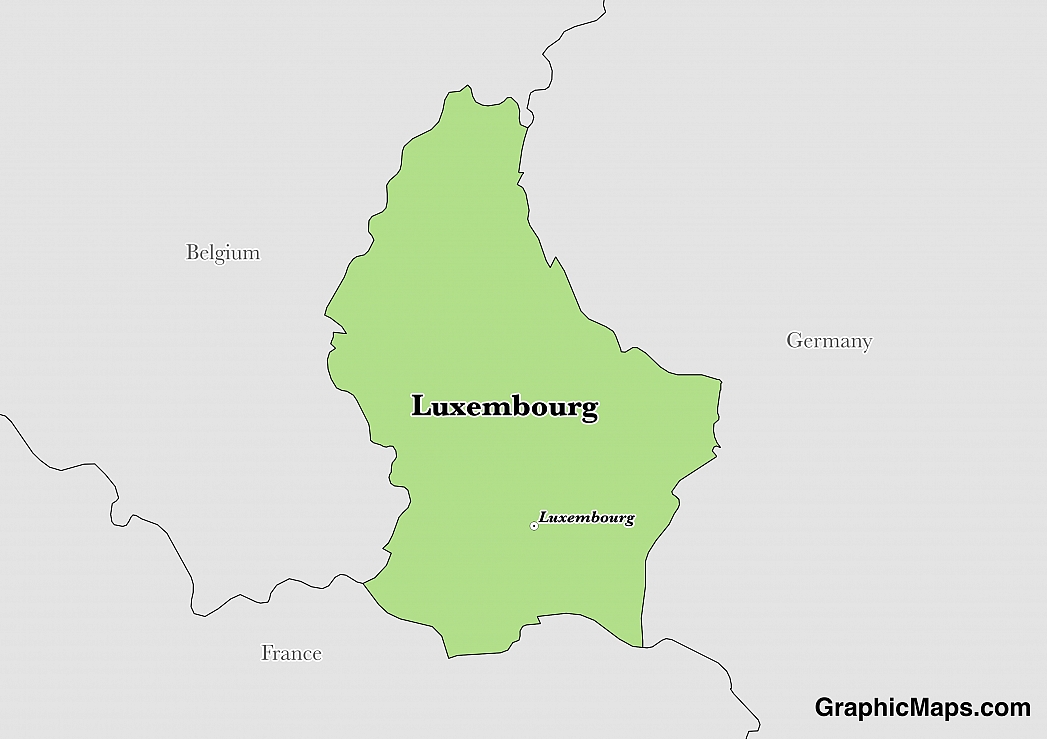Luxembourgish belongs to the family of West Germanic languages. In fact, in ancient times, many people considered Luxembourgish as a dialect of German. It is also a primary example of Moselle Franconian language. There are several known dialects of Luxembourgish. These include Areler, Stater, Misler among others. The Luxembourgish alphabet consists of 26 Latin letters and additional three diacritics.
There are approximately 400,000 native Luxembourgish speakers who mostly live in Luxembourg. A few native speakers are also found in Germany, France, and the United States. Many Luxembourgish speakers are bilingual or trilingual. Approximately 20% of Native Luxembourgish speakers are fluent in French. French enjoys the dominance as the second language. German is less dominant than French, approximately 5% can comfortably sustain a conversation in German.
Luxembourgish has borrowed a lot of vocabulary from French vocabulary. However, the loanwords are more from French than German. For example, ‘merci’, a French word which means thank you, is used in Luxembourgish to denote the same meaning. To enrich their already existing vocabulary and expression, some phrases are directly translated from German or French to Luxembourgish. The process of loosely translating phrases leads to the formation of new phrases in Luxembourgish.
Apart from Luxembourgish, French and German are common languages in Luxembourg. In fact, they are recognized as official languages. They can, therefore, be used in schools and in other public administration activities. English is the fourth most spoken language in Luxembourg. However, the residents of Luxembourg City are more conversant in English than the residents of the rest of the country.
This page was last modified on May 1st, 2018
More on Graphicmaps

Published on 2019-11-06
What is a Trade Embargo?

Published on 2019-11-04
Which Two Countries Used to Have the Same Flag?

Published on 2019-09-16
What Is the Only Two-Sided State Flag?

Published on 2019-09-16
Which Country Flag Looks Like the Texas Flag?

Published on 2019-08-29
Flags That Resemble the US Flag

Published on 2019-08-20
